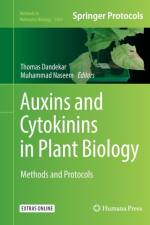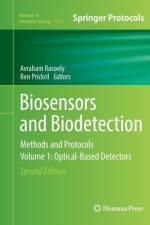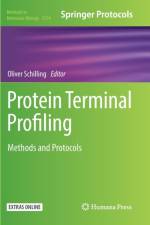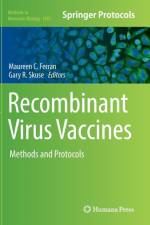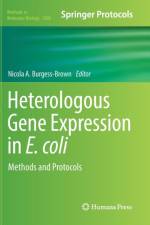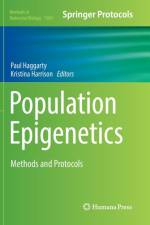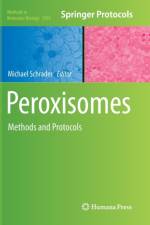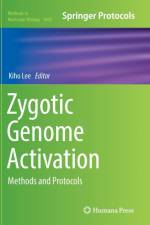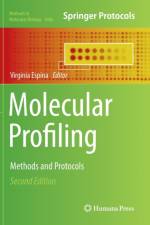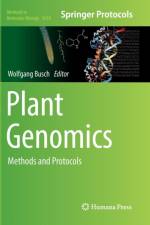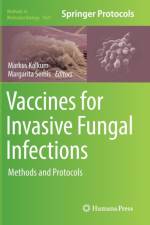- Methods and Protocols, Volume 2: Electrochemical, Bioelectronic, Piezoelectric, Cellular and Molecular Biosensors
1 635
This volume provides comprehensive and detailed technical protocols on current biosensor and biodetection technologies and examples of their applications and capabilities. Chapters in Biosensors and Biodetection: Methods and Protocols Volume 2, Electrochemical, Bioelectronic, Piezoelectric, Cellular and Molecular Biosensors, Second Edition focus on electrochemical biosensors including amperometric, impedance and voltammetric sensors, bioelectronic, piezoelectric, cellular, and molecular biosensors. Written in the highly successful Methods in Molecular Biology series format, chapters include introductions to their respective topics, lists of the necessary materials and reagents, tips on troubleshooting and avoiding known pitfalls, and step-by-step, readily reproducible laboratory protocols.Authoritative and practical, Biosensors and Biodetection: Methods and Protocols Volume 2: Electrochemical, Bioelectronic, Piezoelectric, Cellular and Molecular Biosensors, Second Edition offers descriptions of major technologies by leading experts in the field in extensive technical detail. The aim of the book is to make biosensors more accessible and understandable to engineers, students, medical professionals, molecular biologists, chemical, and physical science researchers developing biosensor technologies, allowing readers to both understand the technology and to construct similar devices.

